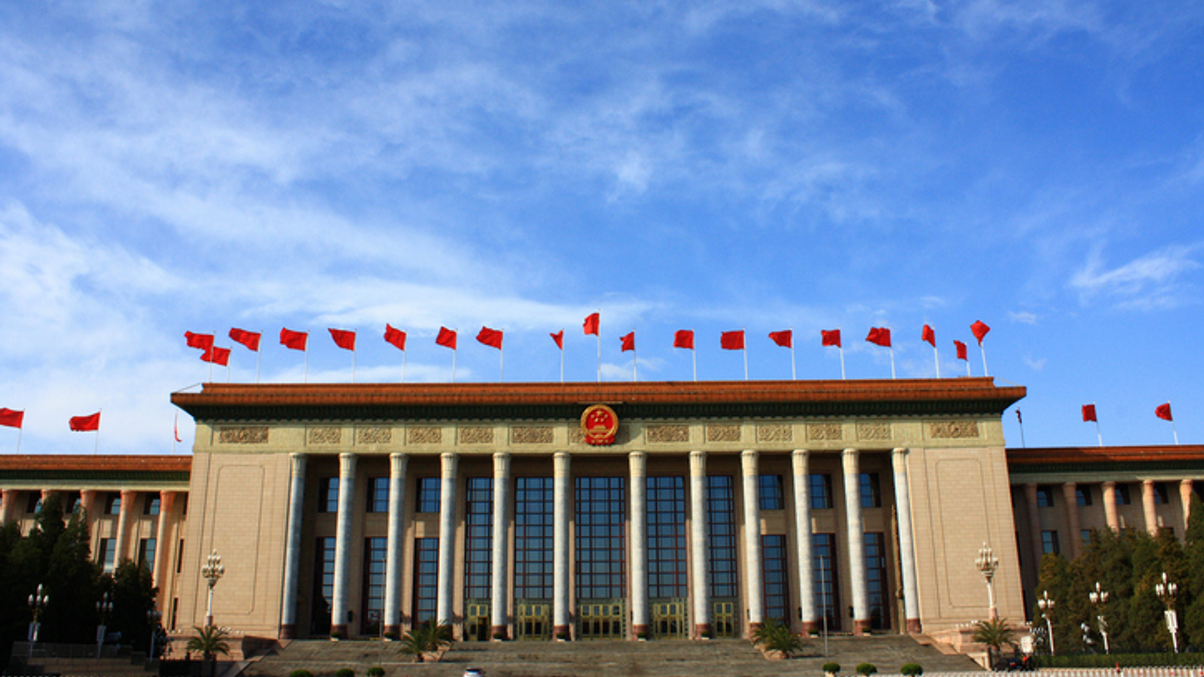CPPIB could reinforce Asia push with Beijing office
If Canada’s biggest pension fund were to open a branch in the Chinese capital, it would reflect its ambitions in the country and its pioneering approach to investing in Asia.

Canada Pension Plan Investment Board is reportedly considering setting up an office in Beijing. It would be the huge fund’s first branch in mainland China, fourth in Asia Pacific, and very much in line with its collaborative investment strategy.
Sign in to read on!
Registered users get 2 free articles in 30 days.
Subscribers have full unlimited access to AsianInvestor
Not signed up? New users get 2 free articles per month, plus a 7-day unlimited free trial.
¬ Haymarket Media Limited. All rights reserved.


